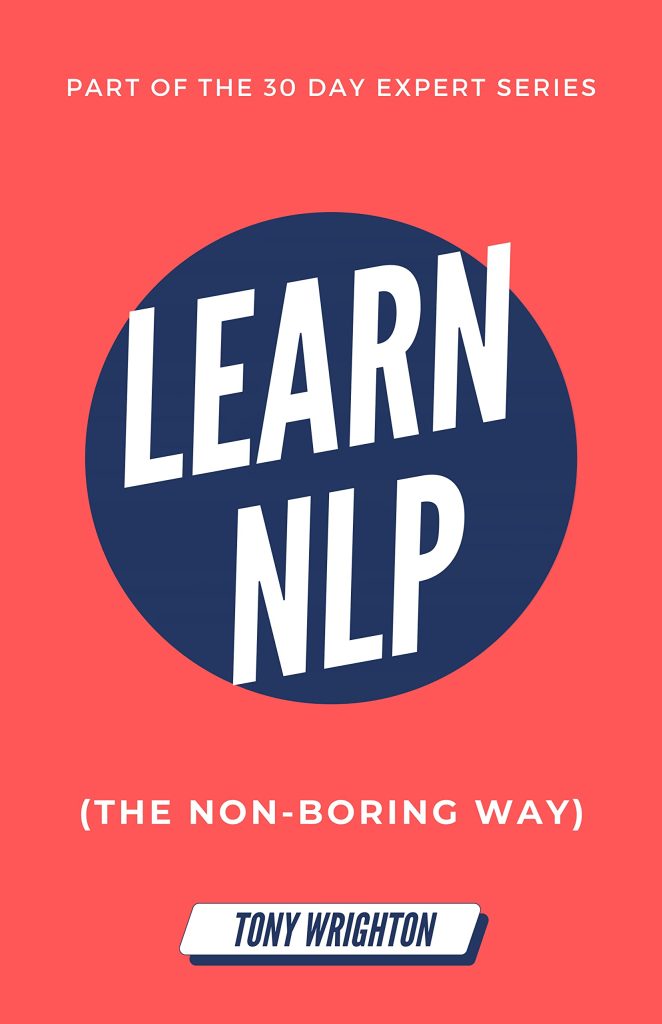
Over the years, social media platforms such as Twitter, Instagram, Facebook, and Snapchat have propelled the internet to be a great source of entertainment for billions of users globally.
These networking platforms offer people an awesome online life as they create channels of interconnectivity through the provision of adaptative online engagements and interactions.
Have you ever wondered what kept people entertained before the internet era?
What did people do for enjoyment?
Well, you guessed right: “traditional games!”
These games were initially in the form of sports and competitive tournaments. However, with advances in technology, the development of video games has allowed people to get engaged without going into fields or games stadia.
Ramon, who has been involved in creating games for several years and currently teaches people his skills, says that “today, games are a part of the entertainment world as the internet makes it easier to develop, play, and enjoy the gaming apps.”
Games are not only for fun. Some help in sharpening your wit, others teach users about certain aspects of life, while others are purely for the adrenaline rush.
The digital entertainment world has various semantics regarding these popular pastimes: Games, Gaming, and Gamification.
Do you know their differences?
What are Games?
Games are computer-simulated applications that offer a fun and rewarding digital interactions to users.
They are highly engaging as they keep the mind actively involved in a virtual environment.
Other than keeping players entertained, games engage the thought process, raise the awareness level, and keep them alert.
For example, the popular solitaire card game sharpens the mind by keeping you attentive.
Games are exciting and act as a social motivator to interact and connect with people through sportsmanship.
Games can also be structured to serve as an educational simulation to players.
Games can help a player imbibe a subconscious thought that “in life, you will not always be on a winning streak as you will sometimes lose and sometimes struggle.”
What is Gaming?
Gaming, a common phrase in the digital entertainment industry, refers to the running or playing of video games on game consoles such as Personal Computers (online gaming), PlayStation, or Xbox.
These electronic games are expertly focused applications created by game developers for the entertainment and feel-good purposes of gamers.
The advancements in technology over the last three decades has seen a rapid increase in video games, as the gaming streak has grown in popularity around the world.
In the earlier years, players were excited to just be ‘in a game’ by playing and winning against their fellow players.
But today, Virtual Reality allows players to enjoy the immersive experience by taking gaming to a whole new level.
Players now have more control with VR technology as they can feel more, see more, and experience more.
Given the number of people who are glued to games, it’s not surprising that the gaming industry is raking in billions of dollars in revenue.
According to the Entertainment Software Association, in the United States alone, the video game industry hit the $36 billion mark in 2017.
It is likely that the human desires play a big role in enhancing the gaming experience among players, including the desire for independence and success, the desire to be in control, and the desire to socialize and connect with others.
As long as these natural human desires exist within us, the gaming industry will continue to boom.
What is Gamification?
Gamification looks at how the game ideologies and elements are applied in non-game frameworks to achieve certain results and promote desired behaviors.
Gamification integrates game mechanics with training content to drive learning outcomes.
To entice people to complete present training modules, gamification offers game elements such as badges, incentives, consider points, and leaderboards as rewards.
The internet provides the biggest platform for gamification as it allows companies to gamify apps, sites, and operating systems that potential users are likely to visit and use.
Companies build addictive designs for keeping users glued to their content. This way, they make money through advertisement as the audience is readily available.
From fitness to meditation, to learning a new language (the list is endless), gamified apps can be beneficial to users especially for online education programs that leverage people’s desire to succeed and achieve what they want in life.
What about Game-Based Learning (GBL)?
Finally, other than games, gaming, and gamification, Game-Based Learning (GBL) is another term that users find confusing to grasp.
GBL refers to a learning environment where games designed exclusively for educational purposes are used to teach users new concepts and skills.
It involves the development of apps that help learners to better understand subjects being taught.
Game-Based Learning is not limited to a specific field as it cuts across different sectors and covers areas such as staff awareness training, team building, customer service training, company training, and policy review.
Most companies appreciate the impact Game-Based Learning has on their operations. For instance, GBL helps in improving employee participation in company matters, as it keeps them engaged and makes the learning environment fun.
The employees can experiment with new actions and use their knowledge to apply new skills without the fear of real-world implications failure.
This helps in achieving the desired training outcome as it increases employees’ retention rates.
Wrapping up
Understanding the games vs. gaming vs. gamification differences is important for improving your knowledge of the expansive industry.
Are there any other distinctions you know about?
Please share them below.
Source: https://blog.educationecosystem.com/games-gaming-and-gamification-know-the-differences/




